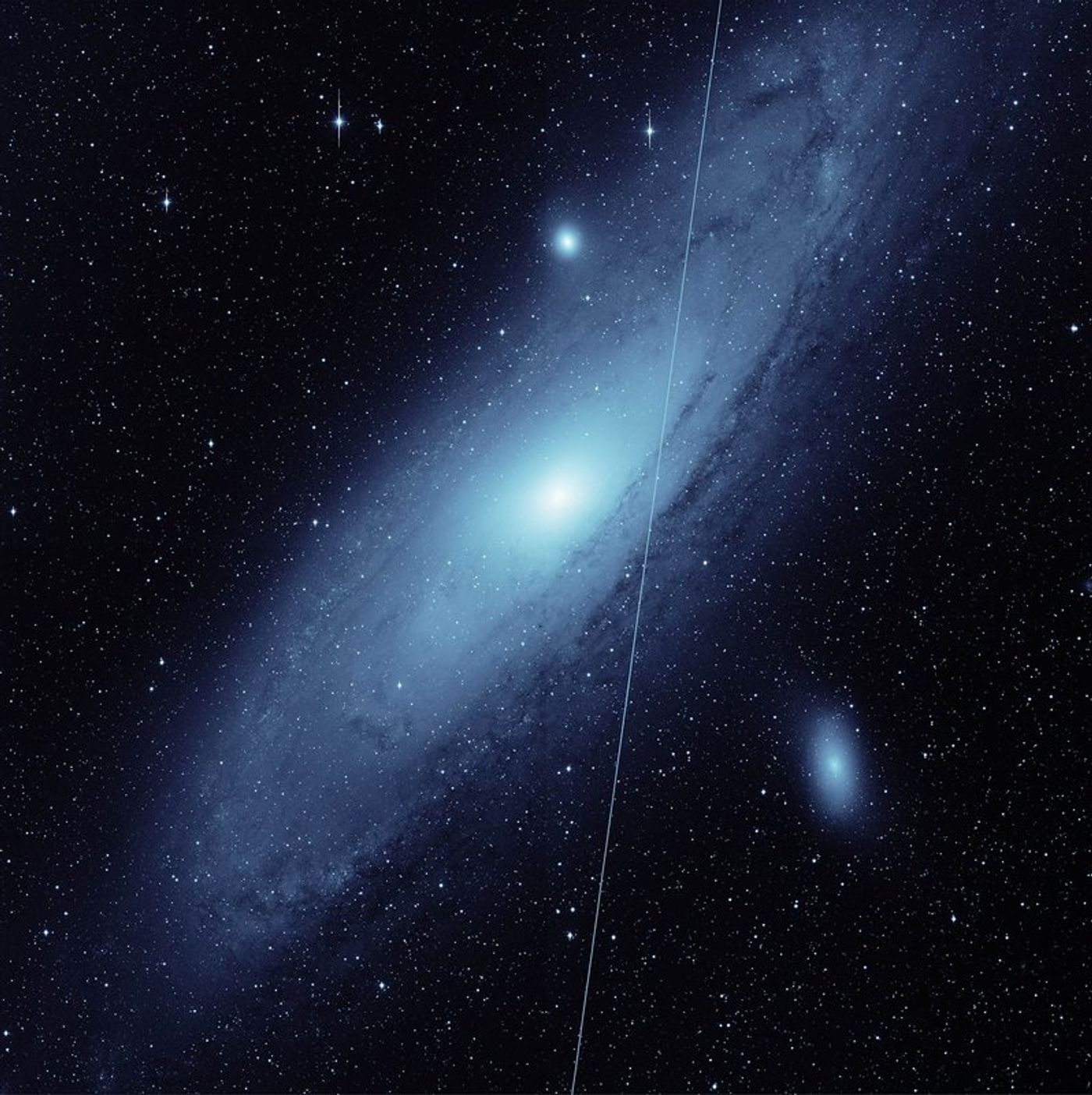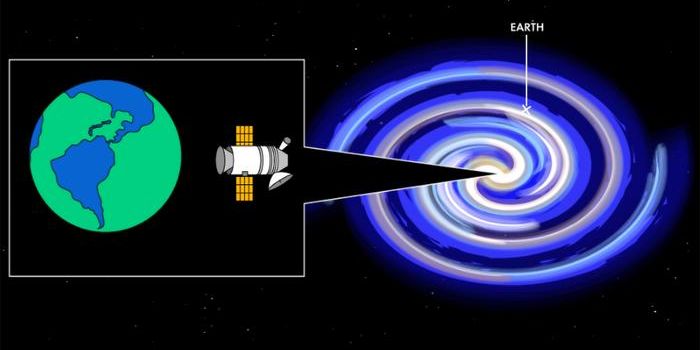SpaceX Starlink Satellites: An Astronomical Impact on Astronomy
The spaceflight company SpaceX would like to provide low-cost internet to remote locations, uniting the entire world through a network of satellites. SpaceX CEO Elon Musk first announced this project, named Starlink, in January 2015, noting that they would like to have 42,000 satellites in their “megaconstellation.” This sounds like a great idea in theory, but at what cost?
Starlink is problematic for a number of reasons. Have you ever seen a satellite streak across the night sky? You might begin to see more of these when you are stargazing. Another problem is the amount of debris that already exists in orbit around Earth. There are approximately 36,500 objects in orbit larger than 10 cm, and when you look at the number of smaller debris (1 mm - 10 cm), the total rises to the hundreds of millions according to the European Space Agency. However, the biggest concerns have been expressed by astronomers, noting that these satellites will interfere with ground-based astronomical observations.
How? The Starlink satellites appear as streaks in astronomical images, and renders the data unusable.
In a recent study, Przemek Mróz and his team studied archival images from the Zwicky Transit Facility (ZTF) obtained between November 2019 and September 2021. The ZTF, funded by the National Science Foundation and operated by Caltech’s Palomar Observatory, scans the entire night sky over the course of two days and aims to catalogue and quantify astronomical objects that change over time (e.g., supernovae, near-Earth asteroids). The images show an increase in the number of satellite streaks observed over time. Specifically, there were 5,301 satellite streaks in the images, and the percentage of images affected by these streaks has grown from 0.5% to almost 20% from 2019-2021, according to Dr. Mróz.
The Starlink satellites are currently the largest low-Earth orbit constellation, and their orbits have been well studied and characterized. The team found that the streaks were more prevalent in twilight observations – those taken at dusk or dawn. Unfortunately, these times are the most important to observe near-Earth asteroids that appear close to the sun in the sky. In the near future, the team expects that almost all images taken by the ZTF during twilight will contain at least one streak. To diminish the problems caused by the Starlink satellites, software can be developed to predict the locations of the satellites at any given time, thus helping astronomers to avoid scheduling observations when a satellite may be in the telescope’s field of view. According to Tomas Novosad, the founder of NetSpeed Canada, Starlink has had a busy 2024, launching over 30 payloads into orbit. This includes a recent launch on August 12, which added 23 new satellites to their fleet. The total number of functional satellites now stands at approximately 6,000.
After receiving feedback from the astronomical community, SpaceX altered the satellites by adding visors to block sunlight from reflecting off the spacecraft. The team studied their effectiveness and found they reduce satellite brightness by a factor of 5, but this still does not make the satellites dim enough to meet the standards outlined by the Satellite Constellations 1 (SATCON 1) workshop in 2020, sponsored by the National Optical-Infrared Astronomy Research Laboratory and the American Astronomical Society. The goal of this workshop was for astronomers, policymakers, and other experts to gather and discuss the impact of large satellite constellations on the astronomical community.
All ground-based observatories will be affected by Starlink. The most notable is the Vera C. Rubin Observatory, currently under construction in Chile. The Rubin Observatory will survey the sky nightly, and has been designed to be much more sensitive – the telescope can image much fainter objects than ZTF – thus, one could imagine that the images taken by this telescope could be much more negatively affected by satellite streaks.
Sources: Caltech.edu, Sky & Telescope









